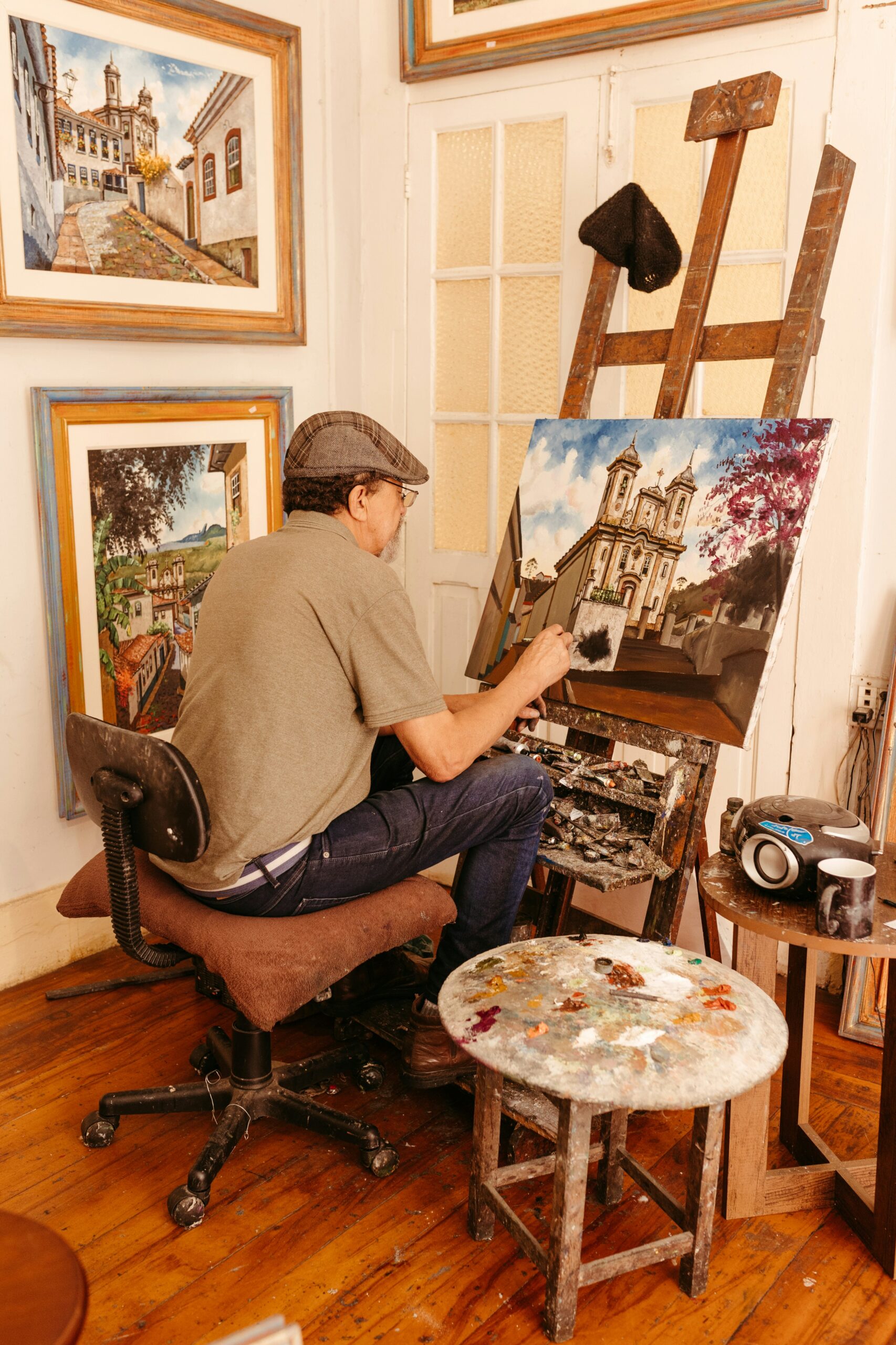
Being a storyboard artist involves more than just drawing pictures; it’s about visualizing the heart of a story. A storyboard artist plays a crucial role in pre-production, mapping out scenes and helping directors and producers visualize their ideas. Here’s a detailed look at a typical day in the life of a professional storyboard artist.
Early Morning: Starting the Creative Process
Most professional storyboard artists begin their day early. The first task is usually to review the day’s schedule and read through any scripts or scene breakdowns provided by the director. A storyboard artist’s job is to interpret written instructions and translate them into visual sequences. This involves understanding the story’s tone, pacing, and visual style.
In the morning, the storyboard artist often prepares sketches based on the script or meeting notes from the previous day. These initial sketches are rough and serve as a starting point for the detailed work that will come later. The artist uses these rough sketches to experiment with angles, perspectives, and layouts.
Mid-Morning: Collaboration and Feedback
By mid-morning, the storyboard artist typically meets with the director or other members of the production team. During this time, they discuss their initial concepts and share feedback. Collaboration is key in this field, as the artist must ensure that their visuals align with the director’s vision.
This collaborative process helps the artist refine their approach and receive guidance on how to improve or modify specific scenes. Sometimes, the director may suggest changes in mood or action, and the storyboard artist must quickly adjust to reflect these changes.
In these sessions, the storyboard artist not only presents their work but also takes notes to ensure accuracy and completeness. They need to ensure they understand the director’s feedback so that the next round of sketches better reflects the desired direction.
Lunchtime: Breaks for Inspiration
After a few hours of intense work, the storyboard artist needs to take a break. Lunchtime offers a chance to recharge and relax. Many artists use this time to step away from their desks, grab a bite to eat, and clear their minds.
This break is essential for creativity. It allows the artist to refresh their thoughts and often sparks new ideas. Many storyboard artists find that stepping away from their work for a moment usually yields fresh perspectives and solutions to any challenges they may be facing.
Early Afternoon: Refining the Sketches
After the lunch break, the storyboard artist returns to their work. This is when the sketches start to take shape, and the focus shifts to adding more detail and refining the drawings. The artist pays close attention to the framing, composition, and pacing of each shot.
At this point, they are also working on the story flow and visual storytelling aspects. The artist needs to ensure that each scene transitions smoothly into the next, guiding the viewer’s eye and creating a seamless narrative experience. The goal is to convey the intended mood and atmosphere with each frame.
Mid-Afternoon: Digital Tools and Enhancements
While traditional pencil-and-paper sketches are still common, most modern storyboard artists work with digital tools. In the mid-afternoon, they often transition to using storyboard software or tablets to create cleaner, more detailed images. Digital tools allow for faster revisions and easier sharing of their work with team members.
Storyboard artists also use these tools to add color, lighting, and even movement. The software may include features that help the artist plan camera angles or visual effects, adding layers of depth to the storyboard. This digital stage is crucial for ensuring that visuals can be easily communicated to animators, cinematographers, and other team members.
Late Afternoon: Final Revisions and Deadlines
As the day winds down, the storyboard artist focuses on making final revisions to the storyboard. They incorporate the feedback received throughout the day and make adjustments to their drawings. This may involve adjusting the composition of certain scenes, repositioning characters, or fine-tuning the pacing.
Many storyboard artists are also working against tight deadlines, especially when they are part of a larger production. The late afternoon hours are often spent rushing to complete drawings that will be reviewed the next day. This is a critical part of the job, as the storyboard is a roadmap for the rest of the production team.
Evening: Preparing for Tomorrow
At the end of a long day, the storyboard artist begins to prepare for the next round of work. This might involve organizing sketches, planning which scenes to tackle the next day, and reviewing notes from the director and team. Artists often create a checklist to ensure they are on track for the next day’s tasks.
Before leaving for the day, the storyboard artist might spend extra time on personal projects or brainstorming. The creativity doesn’t always stop when the workday ends, as many artists find inspiration at all hours.